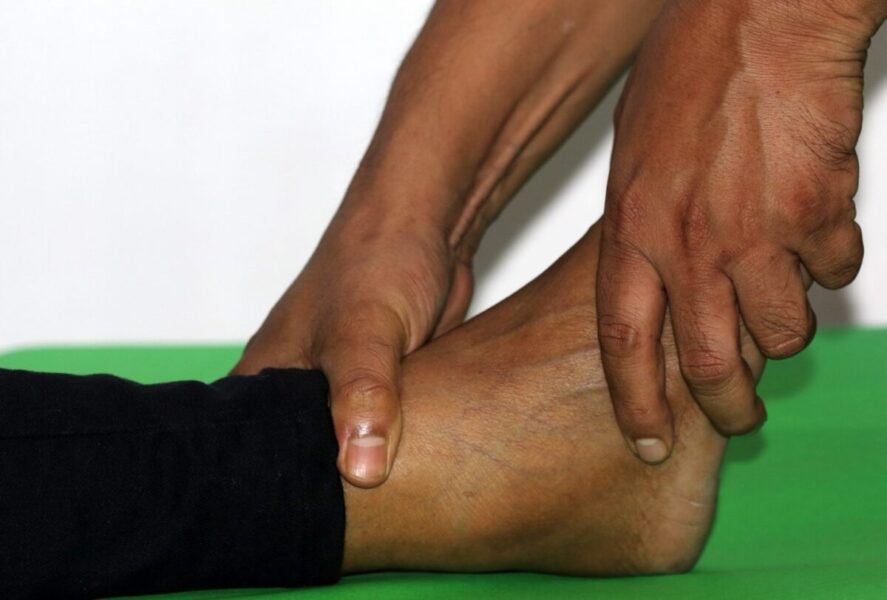Optimizing Sports Potential: Utilizing Neuroplasticity for Peak Results
In the world of sports, achieving peak performance isn’t just about physical prowess; it’s also about mental resilience and agility. Athletes are constantly seeking ways to enhance their performance, often turning to rigorous training regimens and cutting-edge technologies. However, one of the most powerful tools available to athletes is often overlooked: neuroplasticity. Neuroplasticity refers to the brain’s ability to reorganize itself by forming new neural connections, and it plays a crucial role in shaping our behavior, skills, and performance.
Understanding Neuroplasticity:
Neuroplasticity is a fascinating concept that has revolutionized our understanding of the brain. Traditionally, it was believed that the brain’s structure and function were relatively fixed after a certain age. However, research in neuroscience has shown that the brain is highly adaptable and can change in response to experiences, training, and environmental factors. This phenomenon, known as neuroplasticity, underscores the brain’s remarkable capacity for growth and adaptation.
Applying Neuroplasticity in Athletics:
For athletes, harnessing the power of neuroplasticity can lead to significant improvements in performance. By understanding how the brain processes information and learns new skills, athletes can optimize their training strategies to promote neuroplasticity and enhance their abilities.
- Visualization and Mental Practice: Visualization techniques involve mentally rehearsing movements, scenarios, or performances. Studies have shown that visualizing successful outcomes can activate the same neural networks as actual physical practice, thereby priming the brain for improved performance. By incorporating visualization into their training routines, athletes can reinforce neural pathways associated with their sport, leading to greater skill acquisition and execution.
- Mindfulness and Focus: Mindfulness practices, such as:
- meditation
- deep breathing exercises
have been shown to promote neuroplasticity by enhancing attentional control and cognitive flexibility. By training the mind to stay focused and present, athletes can improve their ability to perform under pressure, maintain concentration during competition, and adapt to changing circumstances on the field or court.
- Cross-Training and Varied Stimuli: Engaging in diverse training activities can stimulate different regions of the brain and promote neuroplasticity. Cross-training not only prevents monotony and burnout but also challenges the brain to adapt to new:
- movements
- patterns
- environments
By exposing themselves to varied stimuli, athletes can strengthen neural connections, improve coordination, and reduce the risk of injury.
- Feedback and Adaptation: Providing and receiving feedback is essential for skill refinement and performance optimization. Constructive feedback helps athletes identify areas for improvement and adjust their techniques accordingly. By incorporating feedback loops into their training routines, athletes can iteratively refine their skills, reinforce successful behaviors, and promote neuroplasticity through continuous learning and adaptation.
See the full scientific article from Re-Origin.
By leveraging the brain’s remarkable ability to adapt and evolve, athletes can unlock new levels of performance, resilience, and mastery in their chosen sports. Whether it’s through visualization, mindfulness, cross-training, or feedback-driven refinement, the application of neuroplasticity principles holds immense potential for athletes striving to reach their peak. By embracing the plasticity of the mind, athletes can transcend limitations, rewrite their potential, and redefine what it means to achieve greatness in sports.
Improve your cognition and focus with Brain Vitale from Asher Longevity Institute. This remarkable supplement enhances mental clarity, sharpens planning skills, and boosts organizational acuity. It also improves spatial relationships, maximizing your cognitive capabilities.




